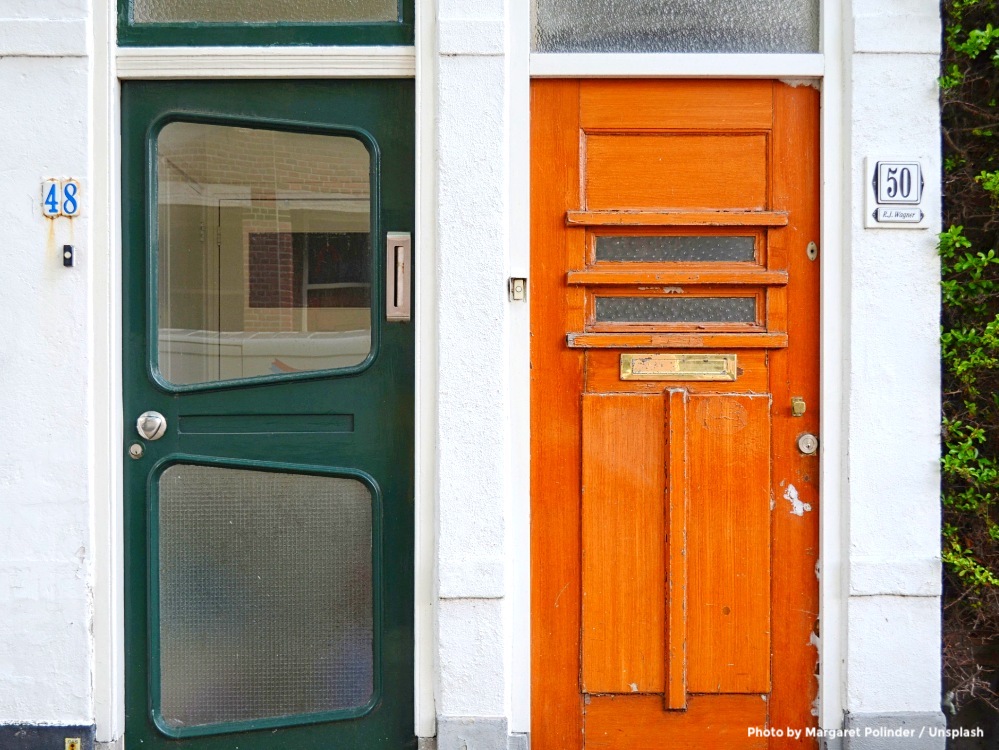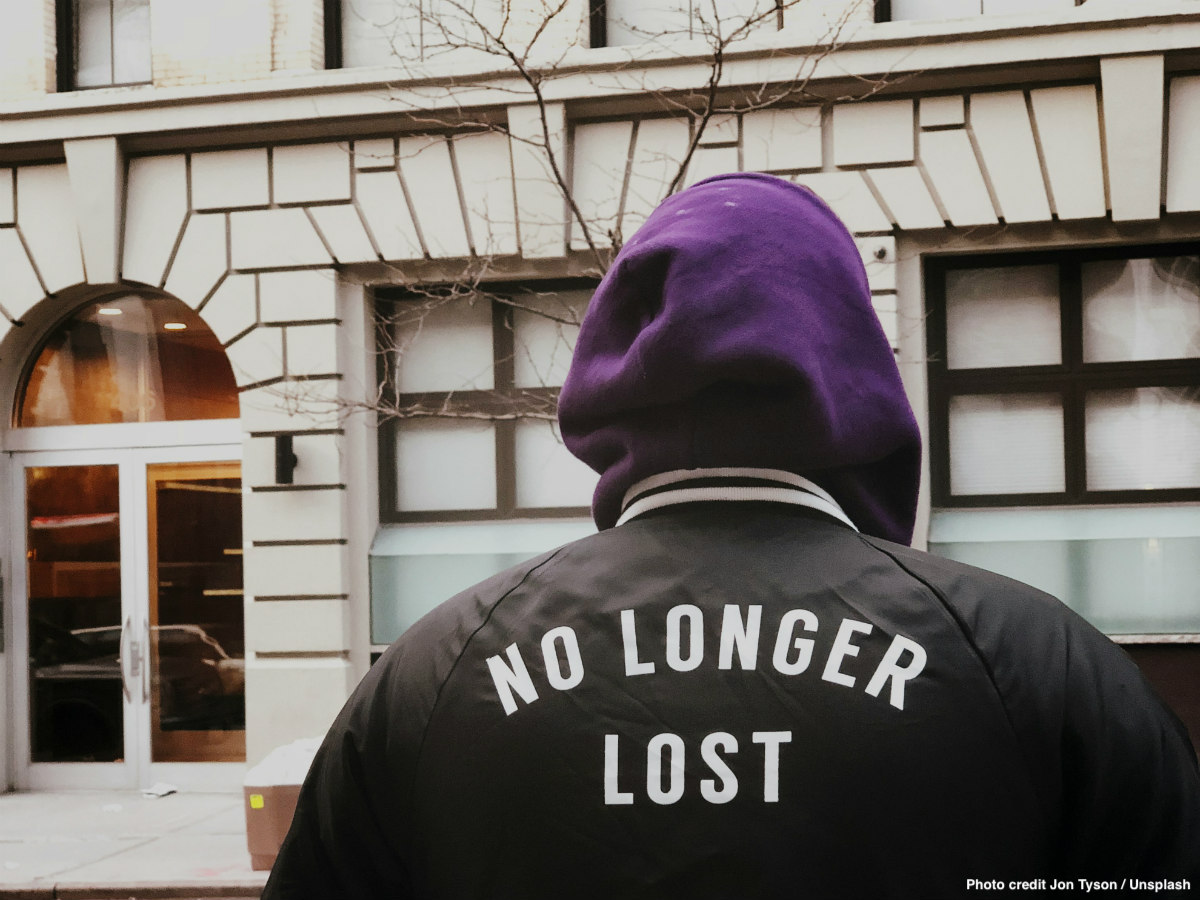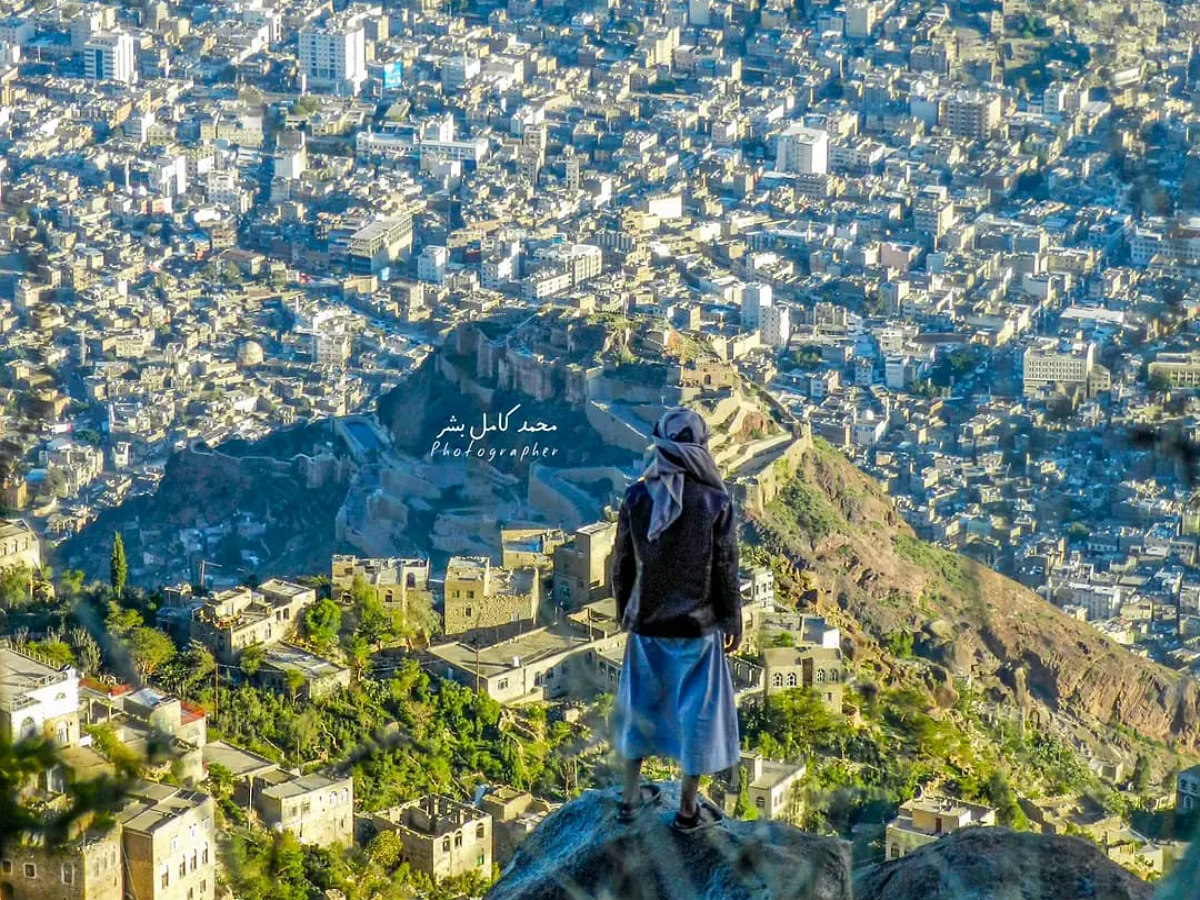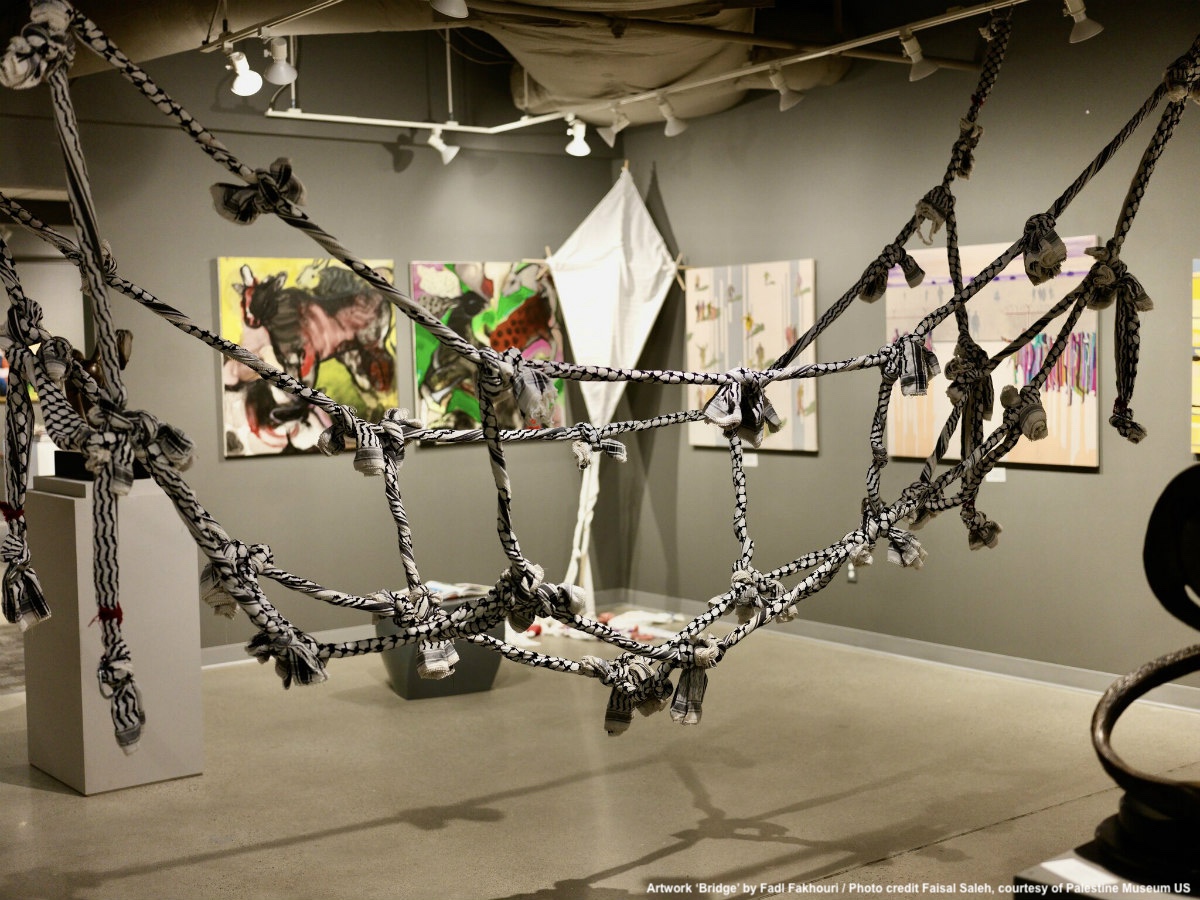Ferhat Unvar, Hamza Kurtović, Said Nesar Hashemi, Vili Viorel Păun, Mercedes Kierpacz, Kaloyan Velkov, Fatih Saraçoğlu, Sedat Gürbüz and Gökhan Gültekin. They were all fellow neighbours, fellow citizens in the small town of Hanau in Germany. All of them fell victims of a hate murder one year ago, just because they looked different. Last week their pictures were displayed in many places in cities around the country to remember them. Also at the fences of Ulme35, a splendid historic villa in Berlin where refugees and neighbours meet regularly.
There is something special about this villa in the middle of the Westend-Charlottenburg neighbourhood. The elegant lounges on the first floor, the former billiard room, the library, music and ladies’ salon, the auditorium, the large winter garden, all were painfully sitting idle. Outside, across a beautiful small park, there was an old psychiatric clinic, all part of a former compound for psychiatric treatment closed behind fences. It is a wonderful area too difficult to resist for a neighbour’s walk or for an investor’s eye. But it was standing empty and closed for 15 years until in 2017 it was put to good use with almost no renovation.
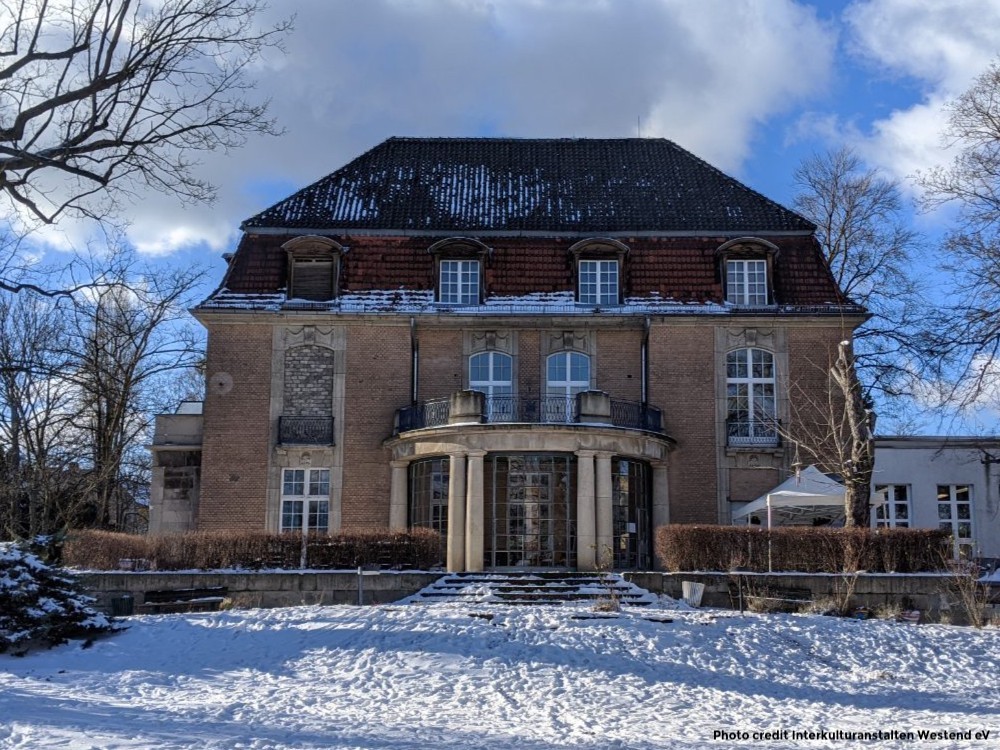
The opening of Ulme35 epitomised a moment of the Willkommenskultur, or welcoming culture, to the point that it has probably triggered the most innovative project for integration in Berlin: an Integration Hub or Campus.
“Willkommen im Westend”, the muscle of the neighbourhood
As Ulme35 opened its doors in 2017, it became a place for encounters and intercultural exchange between refugees and neighbours. A refugee’s social project at our footstep’s door, some neighbours would have said. There was some reluctance, yes, explains Amei von Hülsen-Poensgen, one of the driving forces behind Ulme35, but there weren’t any protest on the streets, something that few other neighbourhoods with refugee homes can match in Berlin.
But of course, there have been challenges on the way. In 2013 the first racist flyers were hanging on trees to protest and to gather signatures against a planned refugee home in the neighbourhood. Disturbed by these events, some residents organized themselves and reached to their fellow neighbours through different organizations and asked for their positive attitude towards the newcomers. They managed to bring together a critical mass of supporters under the name “Willkommen in Westend” that has resulted over the years in a powerful muscle, or lobby if you will, to get things done in the neighbourhood.
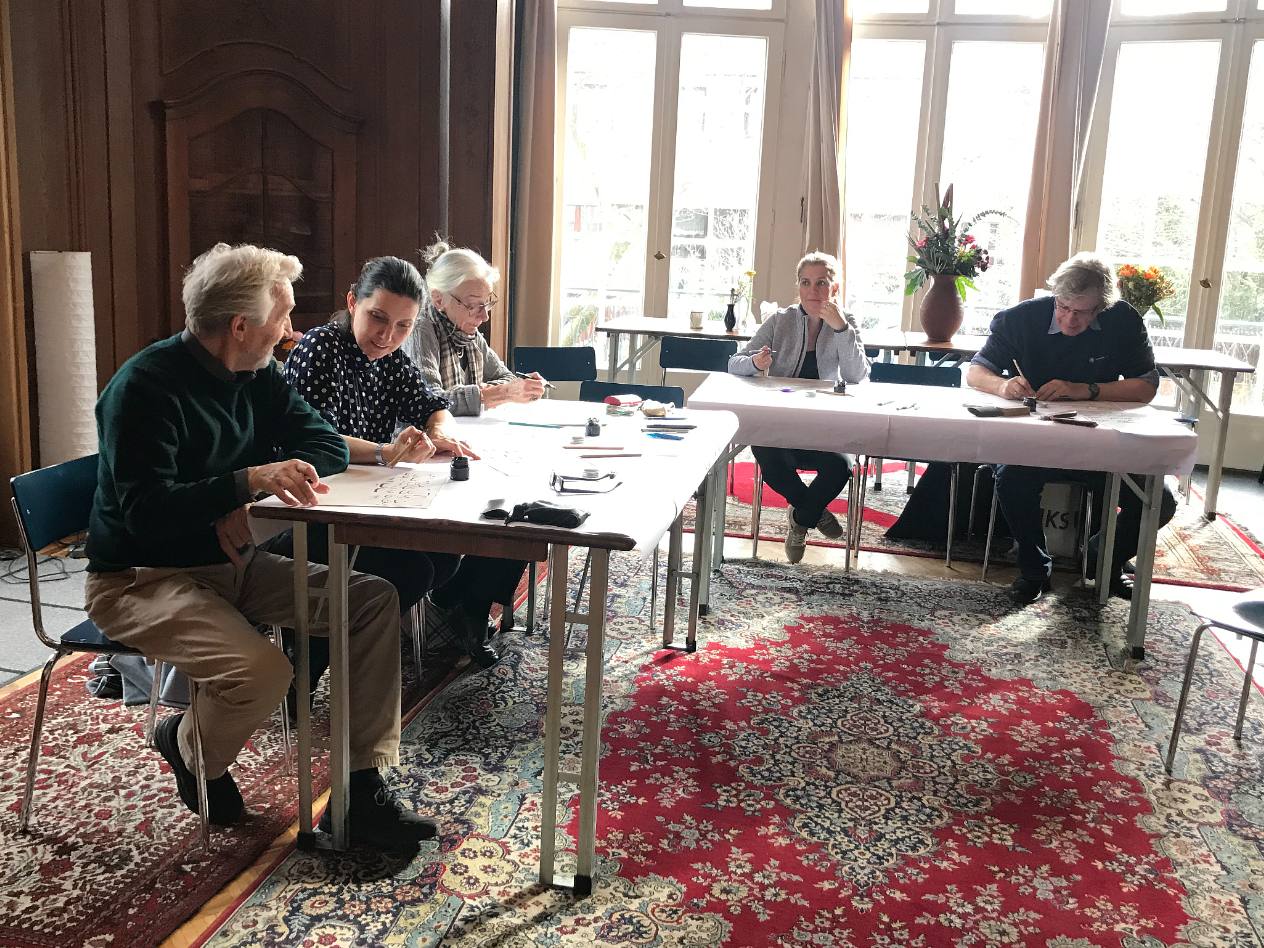
At that time Syria was already into two years of war. What this group of neighbours didn’t know was that two years later Germany allowed in nearly one million refugees. In 2015 the neighbourhood of Westend became a hotspot in the refugee crisis. “Willkommen in Westend” was ahead of its time, spearheading a welcoming culture.
In the winter of 2015, 3,500 refugee adults and their children and around 300 unaccompanied minor refugees were accommodated in five different shelters in Westend. As part of this action plan, the city government converted the psychiatric clinic nearby Ulme35 into another home for refugees.
The development of Ulme35
Immediately followed by the idea to use the villa in the same compound as an intercultural space and integration spot to create new neighbourly friendships. Newcomers could solve problems by meeting volunteers from the neighbourhood in a nice atmosphere. It was an ideal location because the small park in between both buildings could act as a special place of encounter.
Inside the villa there is a coffee shop, which is at the heart of the house and managed by refugees and neighbours. There is also a library with literature from the countries of origin of newcomers in various languages. A bunch of different workshops are offered for text production and translations, book printing and design, art and music workshops and many more activities that fill the house with life.
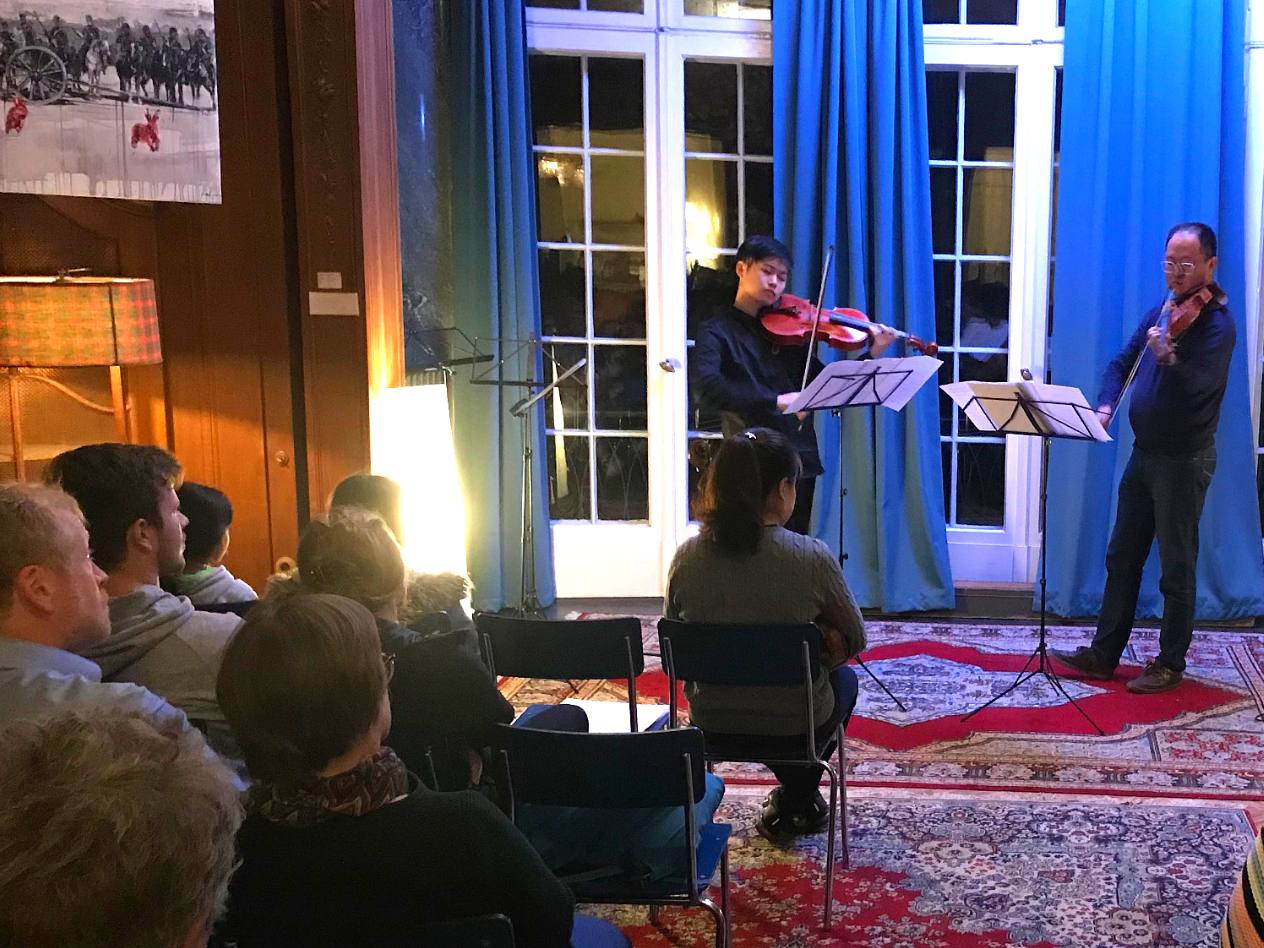
In addition, neighbours and refugees can attend events like readings, music, etc. in the lecture hall. Also consultation and advice is regularly offered to support traumatized refugees, answer questions about labour market integration as well as mentoring in other issues. Some other rooms in the house are used as childcare facilities supported by volunteer work. In the upper floors are located the studios of refugee artists under a fellowship program in cooperation with the cultural program of the city council.
Can migration be reinvented?
Ulme35 has created a familiar environment for interreligious and intercultural dialogue, art and culture. The encounters at the house should stimulate new thinking among neighbours, nurturing a new society that fosters a sense of belonging for everybody.
One of the challenges we are always grappling with is how to keep a healthy balance between that sense of belonging in the new city and their own identities. I believe it is all about appreciation, claims von Amei von Hülsen-Poensgen.
‘For example, allocating resources to teach kids not only German but their native languages. It would stimulate their self-esteem on the valuable resources they bring with them. It would also offer an alternative to learn their language in the local environment instead of leaving it up to the mosque, for instance.’
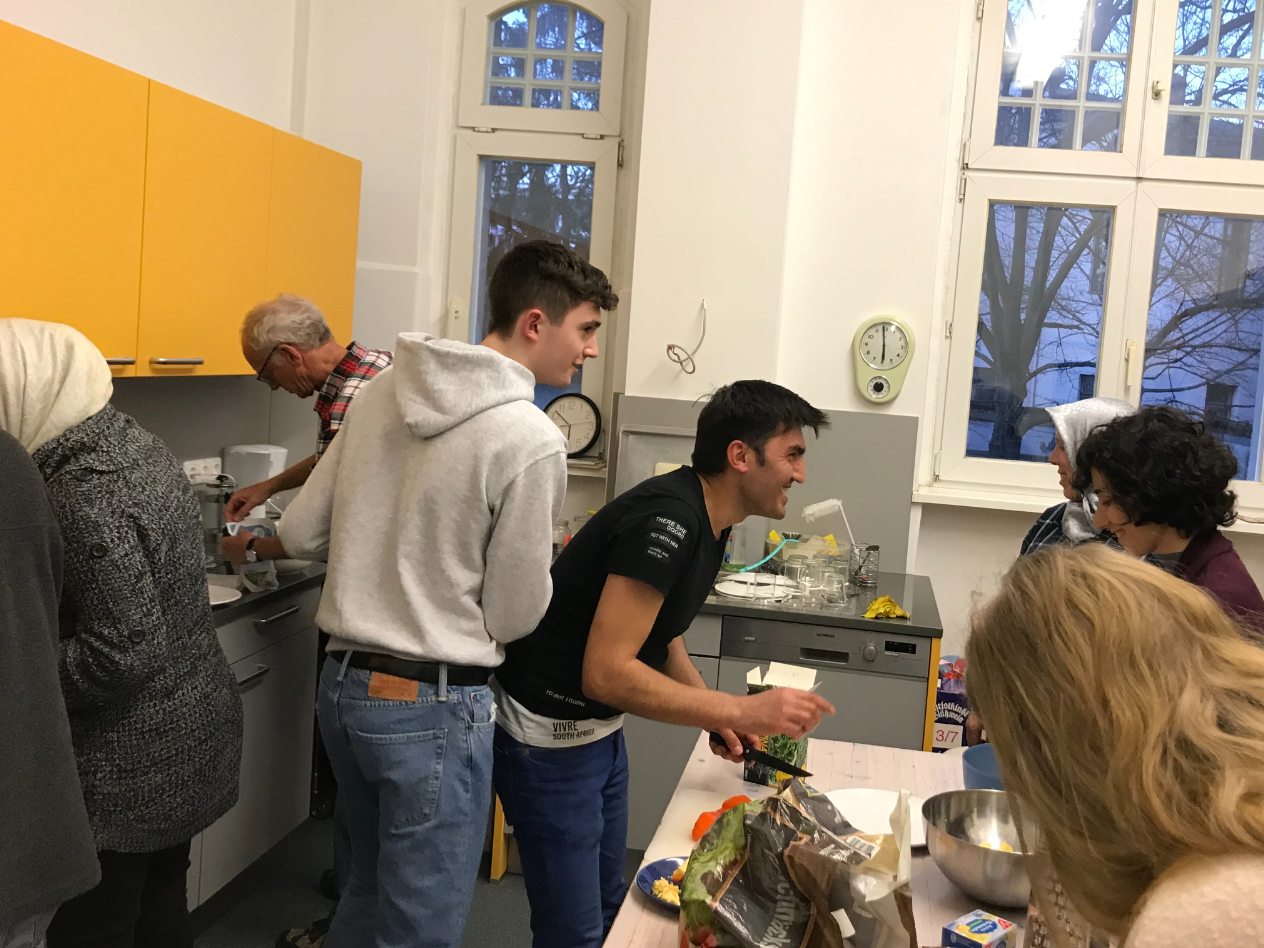
Regarding the local residents, Ulme35 has successfully cultivated confidence over the years to cut through the process of Othering that provides fuel to the far right parties and their politics of hate, racism and populism.
Consequence of this success is the trust that the Robert-Bosch-Foundation and the city council are placing on a new project combining the refugees’ homes, Ulme35 and other adjacent empty buildings to convert the whole area into an Integration Hub, scaling up the work started by Ulme35.
According to the Robert-Bosch-Foundation, this Integration Hub aims to systemically facilitate faster and more holistic integration of refugees and migrants. Currently, many structural challenges hinder their integration, making it exceedingly difficult and longsome for refugees to obtain jobs, acquire sufficient communication skills, or to regain a social network that enables full participation in society.
The Hub facilitates the integration process by creating a community-space that assists refugees, migrants, as well as locals, to support social, cultural, and economic togetherness and prosperity through incubation of local initiatives. These initiatives could be community events as well as cultural activities or even local business ideas.
Cooperation between state and civil society is essential
‘We are still in the developing phase as many challenges lie ahead to guarantee the safety of the people who will interact with the hub. But we are very excited about the project’, explains Derya Yarici, responsible for the new hub at the Integrations Office of the Charlottenburg-Wilmersdorf neighbourhood, part of the city council of Berlin.’One house has already been renovated. We are planning to make room for art and cultural activities in collaboration with the Cultural Affairs Department’.
There is a mutual awareness that civil society and administration are stronger together and can approach people differently, explains Amei von Hülsen-Poensgen.
‘When the pandemic hit the world, the neighbourhood of Westend-Charlottenburg managed in two weeks to build up an impressive network of initiatives and seven hundred volunteers to help vulnerable neighbours. In that sense I believe that the state should capitalize on a type of cooperation based on an equal footing with civil society. It will renew and strengthen the connection of civic movements, policies, and strategies in order to build a more cohesive society’.
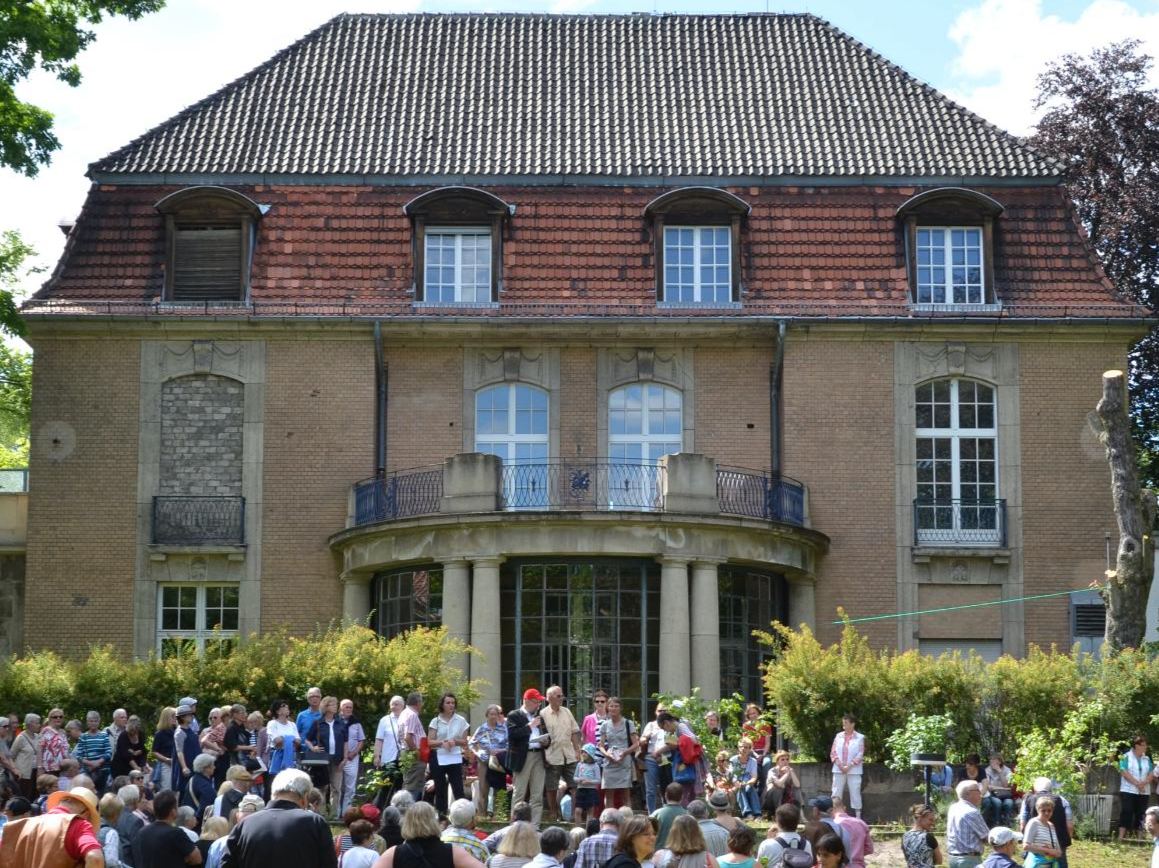
The neighbourhood of Westend and Ulme35 have been through an amazing development that tells so much about how German civic society tries hard to engage with the difficulties they face.
The pictures of the victims of Hanau hanging at the fences of Ulme35 underscore the main message of the anniversary event ‘Remembrance means change’. I would say systematic change. It is not about them or us, but we. We are all neighbours and together we all win.
The villa Ulme35 has paved the way for an Integration Hub in a space that potentially could have fallen in love with the attractiveness of investors. Keeping this place for the civic commons has already been a big win for the neighbourhood, even for the neighbours with some intercultural teething problems. Can’t wait to see what will come next.
